Explore Articles Filed Under: Research Studies
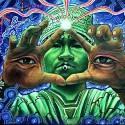
There are a number of human experiences that are characterized by presentness, detail, externality, and three-dimensional explorable spacefulness: we can call these visionary experiences. These can be characterized along two dimensions — according to the degree to which the experience is entered into intentionally, and by the amount of control the experiencer exercises over its content. Such visionary experiences appear to be quite widespread across cultures, and raise significant psychological and ontological questions.

Chinese philosophy — perhaps because of its origins in practical political thought — has been dominated by questions of change: why is there change rather than stability? what is the relationship between change and human action? are there patterns of change that we can detect and use to our advantage? The concept of the wŭxíng 五行 was proposed by the philosopher Zou Yan 鄒衍 (fl. c. 350-270 BCE) as one answer to that last question. The idea has become central to Chinese culture.

Of all the claims for the power of ayahuasca to heal sicknesses of various kinds, from cancer to asthma, the most popular current claim is that ayahuasca can — in some sense — cure addiction. There are certainly anecdotes, claims, and uncontrolled self-report studies that can at best be called preliminary. But I have seen no substantial scientific evidence that ayahuasca can successfully treat addictions. Here is why I am cautious about such claims.

The meridians — also called channels, pathways, and other names — are a central concept of Chinese medicine.They are the way that the zàngfǔ or organs extend their regulative processes throughout the body. But the meridians — like the zàngfǔ — are not themselves anatomical objects. Rather, they are streams of qì as experienced from within the lived body.
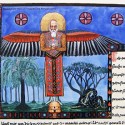
Carl Jung believed that active imagination is a channel for messages from the unconscious. Most important, the dialogue with the contents of the unconscious is with persons — “exactly as if,” says Jung, “a dialogue were taking place between two human beings with equal rights.” Active imagination enters its own visionary landscape, often called the imaginal world. Immediately we face the question of the nature and ontological status of the persons we encounter there.
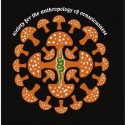
The anthropology of consciousness is concerned with the extraordinary, anomalous, numinous, compelling, disruptive, and culturally salient private experiences that are found in every human culture. Cultural anthropology thus once again gives us the opportunity to go beyond our own cultural preconceptions and, by seeing how these experiences are treated and understood in other cultures, open our eyes to the profoundly human.

A new epidemiological study adds weight to the claim that no evidence has yet been found of psychological maladjustment, mental health deterioration, or cognitive impairment in human adults who ingest ayahuasca regularly, frequently, and over long periods of time as committed members of the Brazilian ayahuasca churches. But caution is required in interpreting these findings.
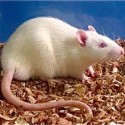
A recent toxicological study has assayed the neurotoxic effects of ayahuasca in laboratory rats. “The results of this investigation,” the author reports, “indicate the presence of oxidative stress in rats treated with ayahuasca, with statistically significant values of neuronal apoptosis measured by TUNEL assay.” In other words, the author says that ayahuasca killed off brain cells in experimental rats. What can we make of this?
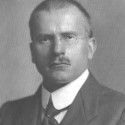
For most of his life, psychologist Carl Gustav Jung enjoyed telling the story of the Solar Phallus Man — the designation was conferred by historian Sonu Shamdasani — and often claimed that the story was the single most compelling piece of evidence for his theory of the collective unconscious. But the story has a number of problems, and, when it is used to argue for the existence and nature of the collective unconscious, it raises serious methodological and conceptual issues.

Significant materials in the field of Mesoamerican ethnomycology have been newly collected and translated by Brian P. Akers in his book The Sacred Mushrooms of Mexico: Assorted Texts. The work presents classic scholarship, previously unavailable in English, on Matlatzinca, Mixtec, Mixe, and other Mesoamerican sacred mushroom rituals — rich and detailed accounts of the place of psychoactive mushrooms in the lives of the peoples who use them. Plus a bonus — a classic 1960s television show.

Discussing the article:
Hallucinogens in Africa